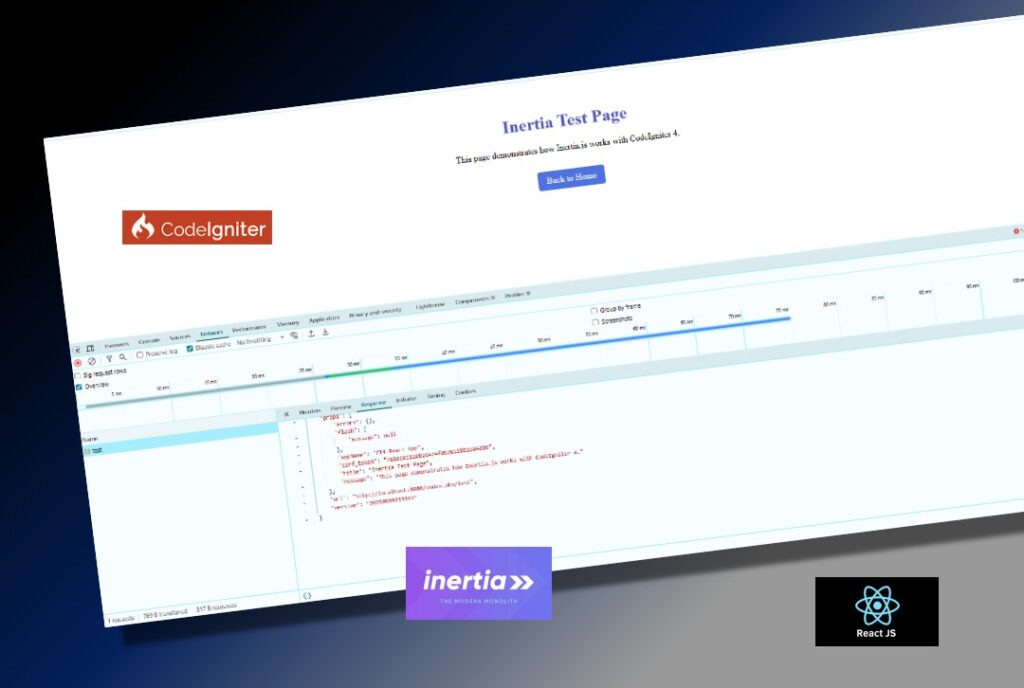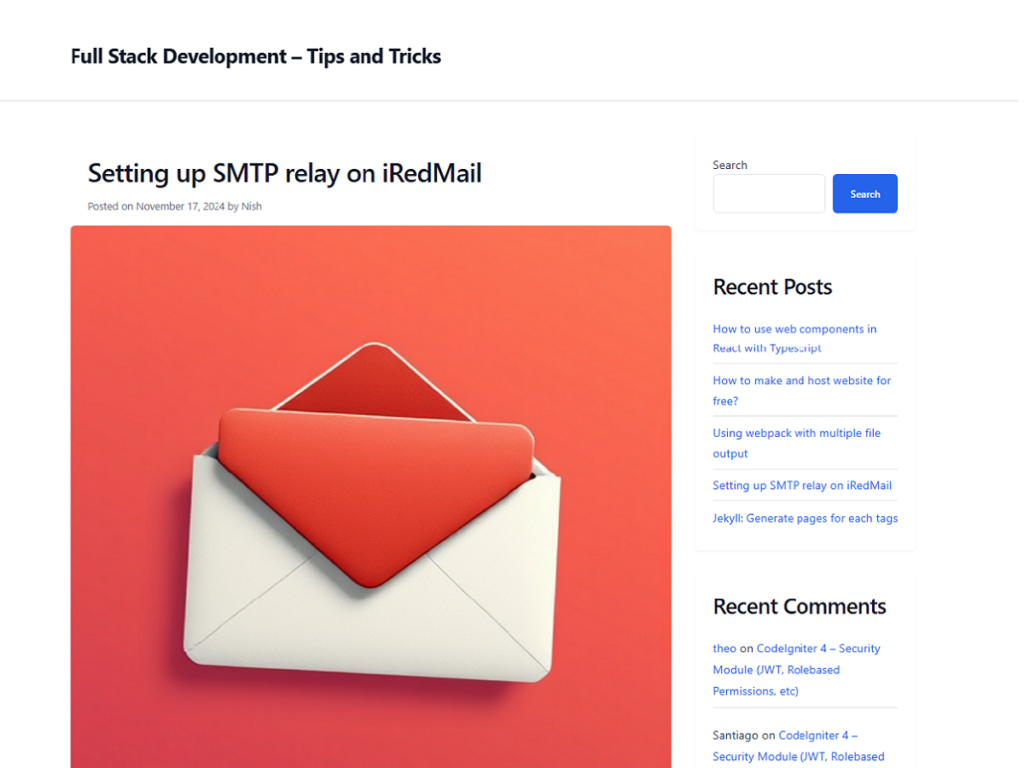When the Cloud Goes Down: A Day That Made Me Rethink My Setup
Today was one of those days where everything that normally “just works” decides to take a vacation. Cloudflare had a pretty big outage, and suddenly all my websites were unreachable. The funny part?Everything behind Cloudflare was perfectly fine.My home server was running. My Google Cloud Run failover was running. I was down not because my […]
Read More →







